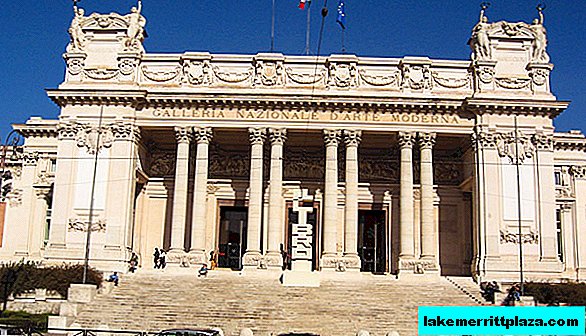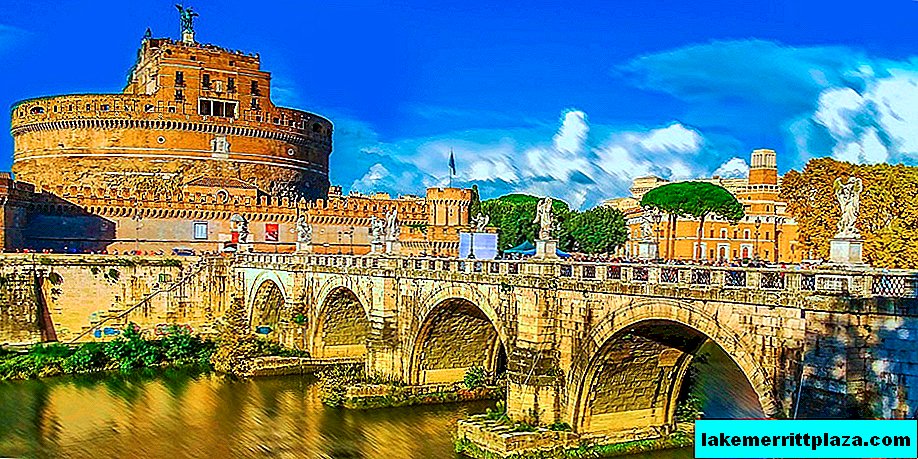Trajan's Forum is the last and largest of the Imperial forums. The column of Trajan and the market have been perfectly preserved from ancient times. The market is also, by today's standards, a huge shopping center; today, various cultural events are held here. And on the reliefs of the column, we see the spiral history of the war with the Dacians. By the way, the emperor himself and his wife are buried under it.
Antique Forum of Trajan
The Forum of Trajan (Italian: Foro di Traiano, lat. Forum Traiani) was built in Rome by order of the emperor Trajan from 106 to 112 A.D. architect Apollodorus, who arrived from Damascus. The complex extended 300 meters in length and 185 meters in width and was decorated with military trophies.

Reconstruction of the Forum of Trajan in a model of ancient Rome, photo by Pascal Radigue
The forum was a colonnade with seating, walled, protected by a roof. The entrance to the forum was decorated with a triumphal arch with a statue of a chariot drawn by 6 horses. In the center was the square. At the northern edge of the colonnade was the Basilica Vlpia, trimmed with white marble. Courts were held in it; she did not perform religious functions. Near the basilica there were two libraries - Latin and Greek, and the Temple of the Divine Trajan (Templvm Divi Traiani), built after the death of the emperor.



When planning the area, it became clear that the slopes of the Quirinale and Capitoline hills would have to be torn down. To prevent this from landslides, the Market of Trajan (Mercati di Traiano) was built - a semicircular six-story amphitheater made of unfired brick. There was a brisk trade on all floors of the market building. It sold meat and fish, vegetables, fruits and flowers, spices and cheeses. Upstairs, above today's Biberatic street, there was a wine shop and distributed free food and money for the poor citizens of Rome.
Forum today




Part of the market building has survived to our time together with the 38-meter Column Traiana (Colonna Traiana), its opening took place in 113 years. The Carrara marble column is decorated with spiral bas-reliefs depicting scenes of the battle of the Roman army with the Dacians. Inside the building there is a spiral staircase to the top of the column, and below - the door to the tomb of Trajan and his wife - Pompeii Plotina.
The Trajan Forum is the largest and last of the legendary imperial forums. Unfortunately, he was seriously injured already in the 20th century, when Mussolini paved the Via dei Fori Imperiali avenue.
How to get there
The Forum of Trajan is located next to Piazza Venezia and the Palazzo Valentini. If you face the Altar of the Fatherland, then about 100 meters to your left will be the Trajan's Column.
Take line B metro to Colosseo Station;
Tram 8 to the Piazza Venezia stop;
by bus 46, 51, 60, 63, 80, 83, 85, 118, 160, 170, 628, N, No. 3, No. 4, No. 6, No. 8, No. 9, No. 12, No. 18, No. 20, No. 25, 190F, 780 to the Piazza Venezia stop.








